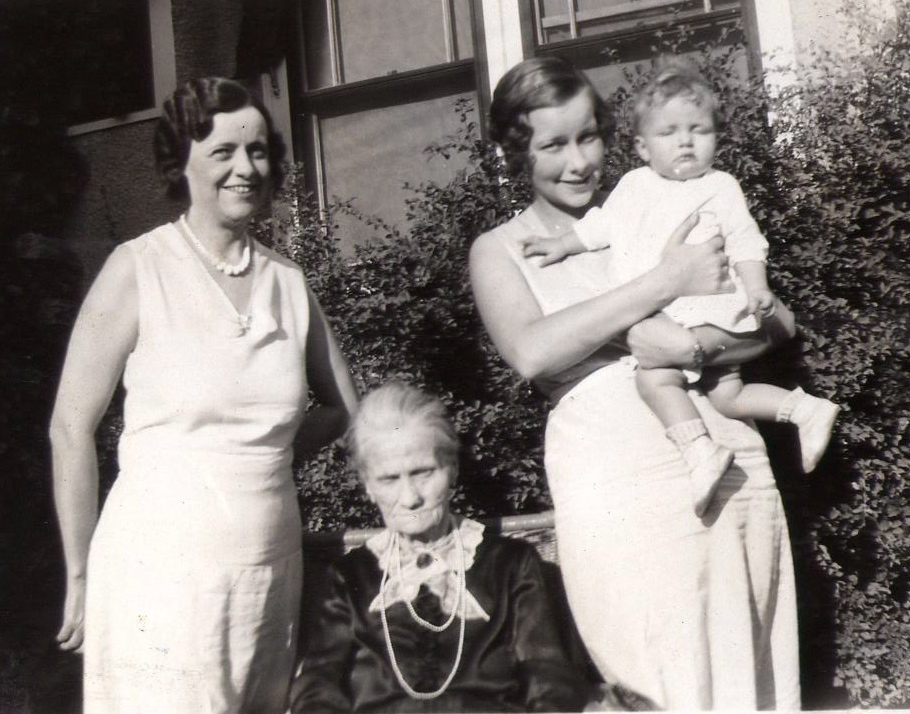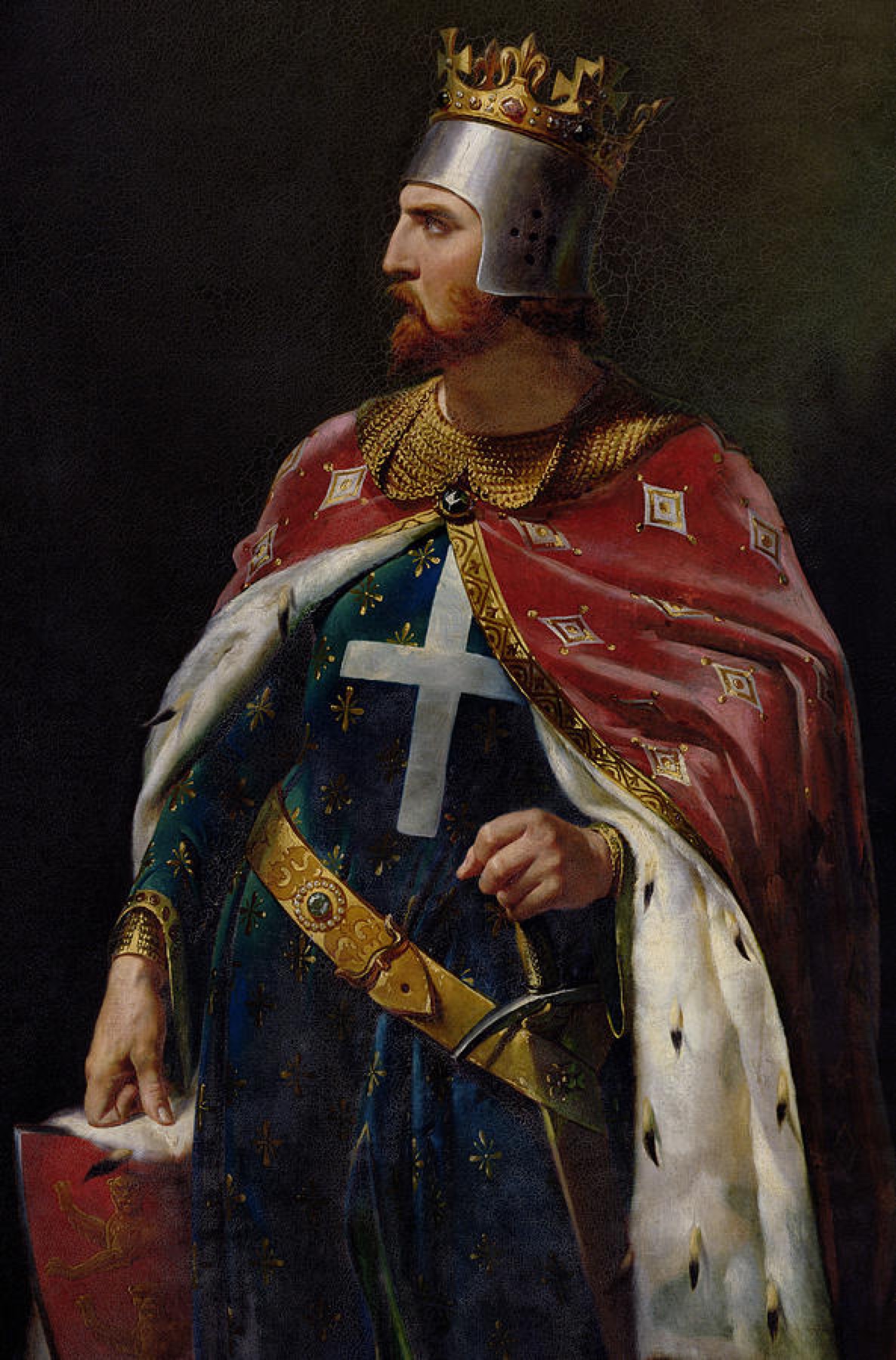|
Elizabeth Of Hungary, Duchess Of Bohemia
Elizabeth of Hungary (c. 1149 – 1189), was a Duchess consort of Bohemia, married to Frederick, Duke of Bohemia.PALACKÝ, František. Dějiny národu českého. 17. vyd. Díl I. Praha: .n. 2017. ISBN 978-80-7451-576-7. S. 300–310. Her parents were King Géza II of Hungary and Euphrosyne of Kiev. She served as regent of Bohemia twice in the absence of her spouse. Biography Elizabeth married Frederick in about the year of 1157. In 1179, Elizabeth served as regent during the absence of her spouse and as such successfully conducted the defense of Prague toward her brother-in-law Sobeslav II. She appeared herself on the battlefield with clerical insignia on her banner. In 1184, she repeated the very same fight toward the very same opponent and was again victorious. In 1189, however, she was forced to surrender to Conrad II. Issue * Helena of Bohemia (b. 1158); engaged to Peter, son of Manuel I Komnenos, in 1164. * Sophia of Bohemia (d. 25 May 1185); married Albert I, Margrave ... [...More Info...] [...Related Items...] OR: [Wikipedia] [Google] [Baidu] |
List Of Bohemian Consorts
This is a list of the wikt:consort, royal consorts of the List of rulers of Bohemia, rulers of Bohemia. The first Duchess of Bohemia (''česká kněžna'') was Ludmila of Bohemia, St. Ludmila, while the first Queen consort, Queen of Bohemia (''česká královna'') was Świętosława of Poland. Some of them were (like their husbands) not crowned. There was only one queen regnant in Czech history - Maria Theresa. Nevertheless, some female royal consorts were highly influential in the country's history, having ruled as regents for their minor children and heirs, as well as having a great influence over their spouses. The title was used until 1918, when husband of Zita of Bourbon-Parma, the last queen was deposed. House of Přemysl Duchesses of Bohemia * 874–888/891: Ludmila of Bohemia (Svatá Ludmila), wife of Borivoj I of Bohemia, Bořivoj I, d. assassinated 15 September 921 in Tetín Castle * 906–921: Drahomíra (princess Drahomíra ze Stodor), wife of Vratislaus I of Bohe ... [...More Info...] [...Related Items...] OR: [Wikipedia] [Google] [Baidu] |
Přemyslid Dynasty
The Přemyslid dynasty or House of Přemysl (, , ) was a Bohemian royal dynasty that reigned in the Duchy of Bohemia and later Kingdom of Bohemia and Margraviate of Moravia (9th century–1306), as well as in parts of Poland (including Silesia), Hungary and Austria. Origin and rise The dynasty's origin dates back to the 9th century, when the Přemyslids ruled a tiny territory around Prague, populated by a tribe of the Western Slavs. Their name comes from the mythical ancestor figure of Přemysl the Ploughman. Gradually they expanded, conquering much of the region of Bohemia, located in the Bohemian basin where it was not threatened by the expansion of the Frankish Empire. The first historically-documented Přemyslid duke was Bořivoj I (867). DNA testing on the remains of his son, Spytihněv I, reveal the family's Y-haplogroup to be R1b, second most common haplogroup in Czech republic. In the following century, the Přemyslids also ruled over Silesia and founded the ci ... [...More Info...] [...Related Items...] OR: [Wikipedia] [Google] [Baidu] |
Daughters Of Kings
A daughter is a female reproduction, offspring; a girl or a woman in relation to her parents. Daughterhood is the state, condition or quality of being someone's daughter. The male counterpart is a son. Analogously the name is used in several areas to show relations between groups or elements. From biological perspective, a daughter is a first degree relative. The word daughter also has several other connotations attached to it, one of these being used in reference to a female descendant or consanguinity. It can also be used as a term of endearment coming from an elder. In patriarchy, patriarchal societies, daughters often have different or lesser familial rights than sons. A family may prefer to have sons rather than daughters and subject daughters to female infanticide. In some societies, it is the custom for a daughter to be 'sold' to her husband, who must pay a bride price. The reverse of this custom, where the parents pay the husband a sum of money to compensate for the fin ... [...More Info...] [...Related Items...] OR: [Wikipedia] [Google] [Baidu] |
12th-century People From Bohemia
1 (one, unit, unity) is a number, numeral, and glyph. It is the first and smallest positive integer of the infinite sequence of natural numbers. This fundamental property has led to its unique uses in other fields, ranging from science to sports, where it commonly denotes the first, leading, or top thing in a group. 1 is the unit of counting or measurement, a determiner for singular nouns, and a gender-neutral pronoun. Historically, the representation of 1 evolved from ancient Sumerian and Babylonian symbols to the modern Arabic numeral. In mathematics, 1 is the multiplicative identity, meaning that any number multiplied by 1 equals the same number. 1 is by convention not considered a prime number. In digital technology, 1 represents the "on" state in binary code, the foundation of computing. Philosophically, 1 symbolizes the ultimate reality or source of existence in various traditions. In mathematics The number 1 is the first natural number after 0. Each natural number, ... [...More Info...] [...Related Items...] OR: [Wikipedia] [Google] [Baidu] |
12th-century Hungarian Women
1 (one, unit, unity) is a number, numeral, and glyph. It is the first and smallest positive integer of the infinite sequence of natural numbers. This fundamental property has led to its unique uses in other fields, ranging from science to sports, where it commonly denotes the first, leading, or top thing in a group. 1 is the unit of counting or measurement, a determiner for singular nouns, and a gender-neutral pronoun. Historically, the representation of 1 evolved from ancient Sumerian and Babylonian symbols to the modern Arabic numeral. In mathematics, 1 is the multiplicative identity, meaning that any number multiplied by 1 equals the same number. 1 is by convention not considered a prime number. In digital technology, 1 represents the "on" state in binary code, the foundation of computing. Philosophically, 1 symbolizes the ultimate reality or source of existence in various traditions. In mathematics The number 1 is the first natural number after 0. Each natural numb ... [...More Info...] [...Related Items...] OR: [Wikipedia] [Google] [Baidu] |
Women In 12th-century Warfare
A woman is an adult female human. Before adulthood, a female child or adolescent is referred to as a girl. Typically, women are of the female sex and inherit a pair of X chromosomes, one from each parent, and women with functional uteruses are capable of pregnancy and giving birth from puberty until menopause. More generally, sex differentiation of the female fetus is governed by the lack of a present, or functioning, '' SRY'' gene on either one of the respective sex chromosomes. Female anatomy is distinguished from male anatomy by the female reproductive system, which includes the ovaries, fallopian tubes, uterus, vagina, and vulva. An adult woman generally has a wider pelvis, broader hips, and larger breasts than an adult man. These characteristics facilitate childbirth and breastfeeding. Women typically have less facial and other body hair, have a higher body fat composition, and are on average shorter and less muscular than men. Throughout human history, traditional ... [...More Info...] [...Related Items...] OR: [Wikipedia] [Google] [Baidu] |
1189 Deaths
Year 1189 ( MCLXXXIX) was a common year starting on Sunday of the Julian calendar. In English law, 1189 - specifically the beginning of the reign of Richard I - is considered the end of time immemorial. Events By place Continental Europe * May 11 – Emperor Frederick I (Barbarossa) sets out from Regensburg, at the head of a German expeditionary force (some 15,000 men, including 4,000 knights). He has ensured that his lands are safe while he is away on crusade and leaves his son Henry VI in charge of the country. After leaving Germany, Frederick's army is increased by a contingent of 2,000 men led by Prince Géza, younger brother of King Béla III of Hungary. On July 27, he arrives at Niš and is welcomed by Stefan Nemanja, Grand Prince of Serbia. In order to ease his passage, Frederick makes diplomatic contacts with Hungary, the Byzantine Empire and the Seljuk Sultanate of Rum. * July 6 – King Henry II of England ("Curtmantle") dies at the Château ... [...More Info...] [...Related Items...] OR: [Wikipedia] [Google] [Baidu] |
Women In Medieval European Warfare
A woman is an adult female human. Before adulthood, a female child or adolescent is referred to as a girl. Typically, women are of the female sex and inherit a pair of X chromosomes, one from each parent, and women with functional uteruses are capable of pregnancy and giving birth from puberty until menopause. More generally, sex differentiation of the female fetus is governed by the lack of a present, or functioning, ''SRY'' gene on either one of the respective sex chromosomes. Female anatomy is distinguished from male anatomy by the female reproductive system, which includes the ovaries, fallopian tubes, uterus, vagina, and vulva. An adult woman generally has a wider pelvis, broader hips, and larger breasts than an adult man. These characteristics facilitate childbirth and breastfeeding. Women typically have less facial and other body hair, have a higher body fat composition, and are on average shorter and less muscular than men. Throughout human history, traditional ge ... [...More Info...] [...Related Items...] OR: [Wikipedia] [Google] [Baidu] |
1140s Births
114 may refer to: *114 (number) 114 (one hundred [and] fourteen) is the natural number following 113 (number), 113 and preceding 115 (number), 115. In mathematics *114 is an abundant number, a sphenic number and a Harshad number. It is the sum of the first four hyperfactorials, ... *AD 114 *114 BC *114 (1st London) Army Engineer Regiment, Royal Engineers, an English military unit *114 (Antrim Artillery) Field Squadron, Royal Engineers, a Northern Irish military unit *114 (MBTA bus) *114 (New Jersey bus) *114 Kassandra, a main-belt asteroid See also *11/4 (other) *Flerovium, synthetic chemical element with atomic number 114 {{Numberdis ... [...More Info...] [...Related Items...] OR: [Wikipedia] [Google] [Baidu] |
12th-century Women Regents
1 (one, unit, unity) is a number, numeral, and glyph. It is the first and smallest positive integer of the infinite sequence of natural numbers. This fundamental property has led to its unique uses in other fields, ranging from science to sports, where it commonly denotes the first, leading, or top thing in a group. 1 is the unit of counting or measurement, a determiner for singular nouns, and a gender-neutral pronoun. Historically, the representation of 1 evolved from ancient Sumerian and Babylonian symbols to the modern Arabic numeral. In mathematics, 1 is the multiplicative identity, meaning that any number multiplied by 1 equals the same number. 1 is by convention not considered a prime number. In digital technology, 1 represents the "on" state in binary code, the foundation of computing. Philosophically, 1 symbolizes the ultimate reality or source of existence in various traditions. In mathematics The number 1 is the first natural number after 0. Each natural number, ... [...More Info...] [...Related Items...] OR: [Wikipedia] [Google] [Baidu] |





